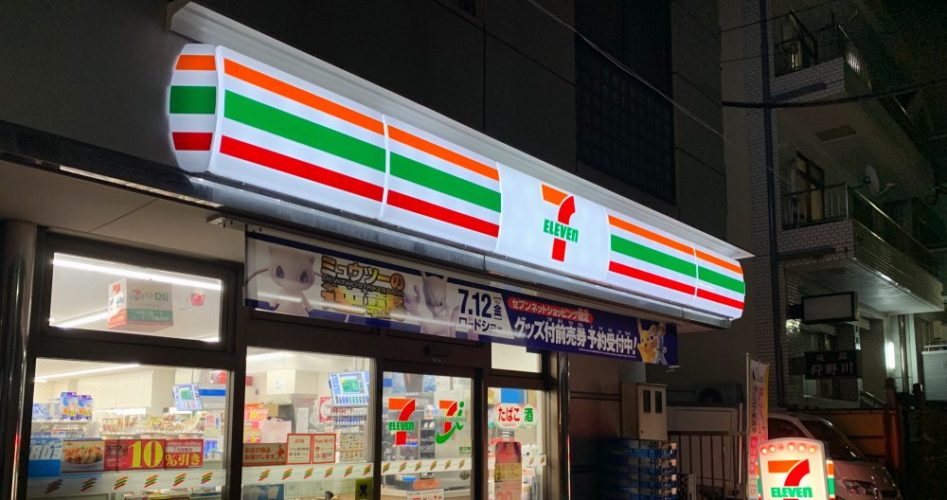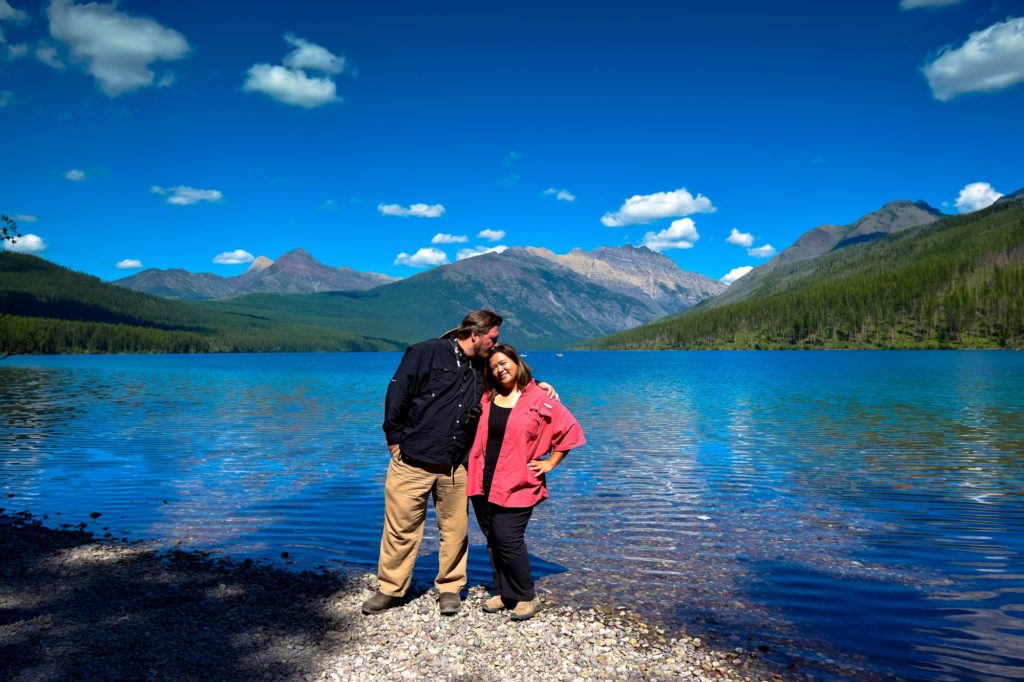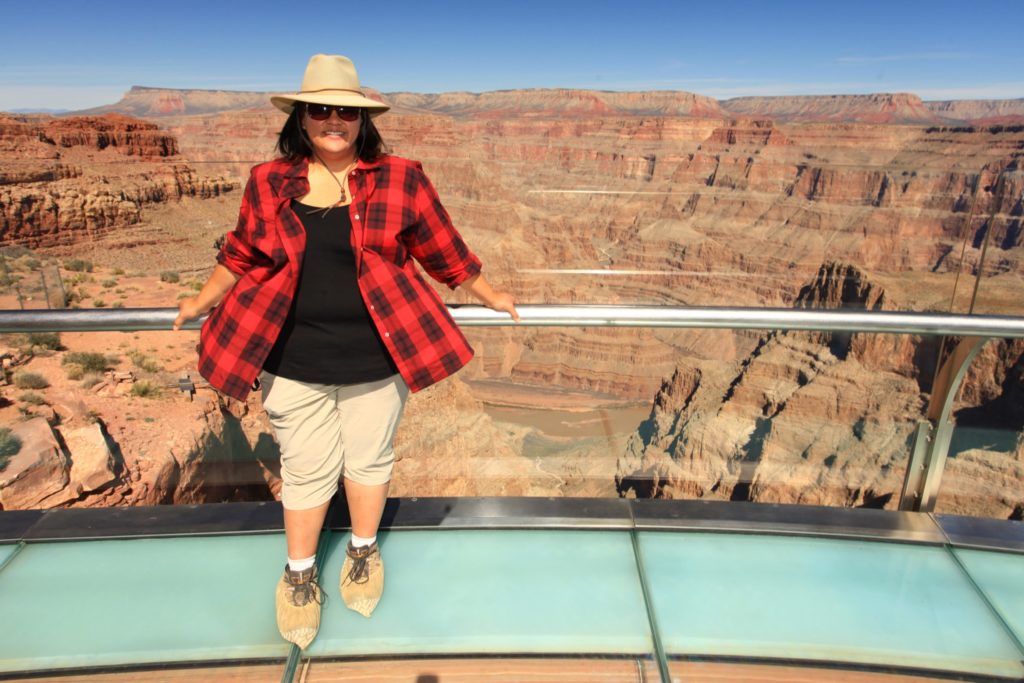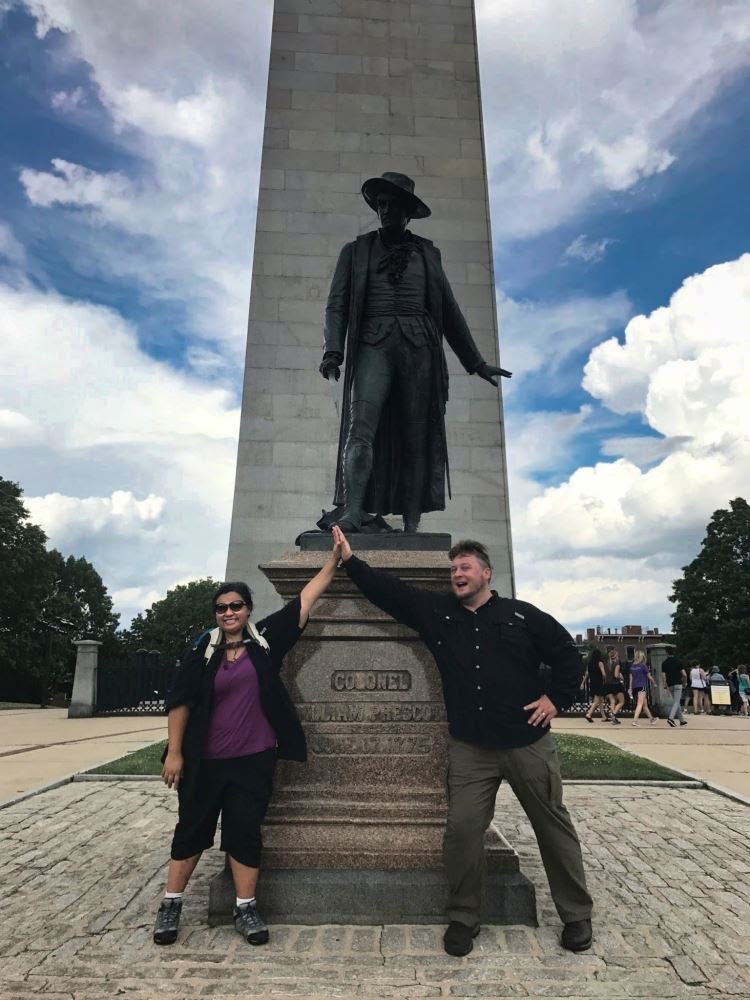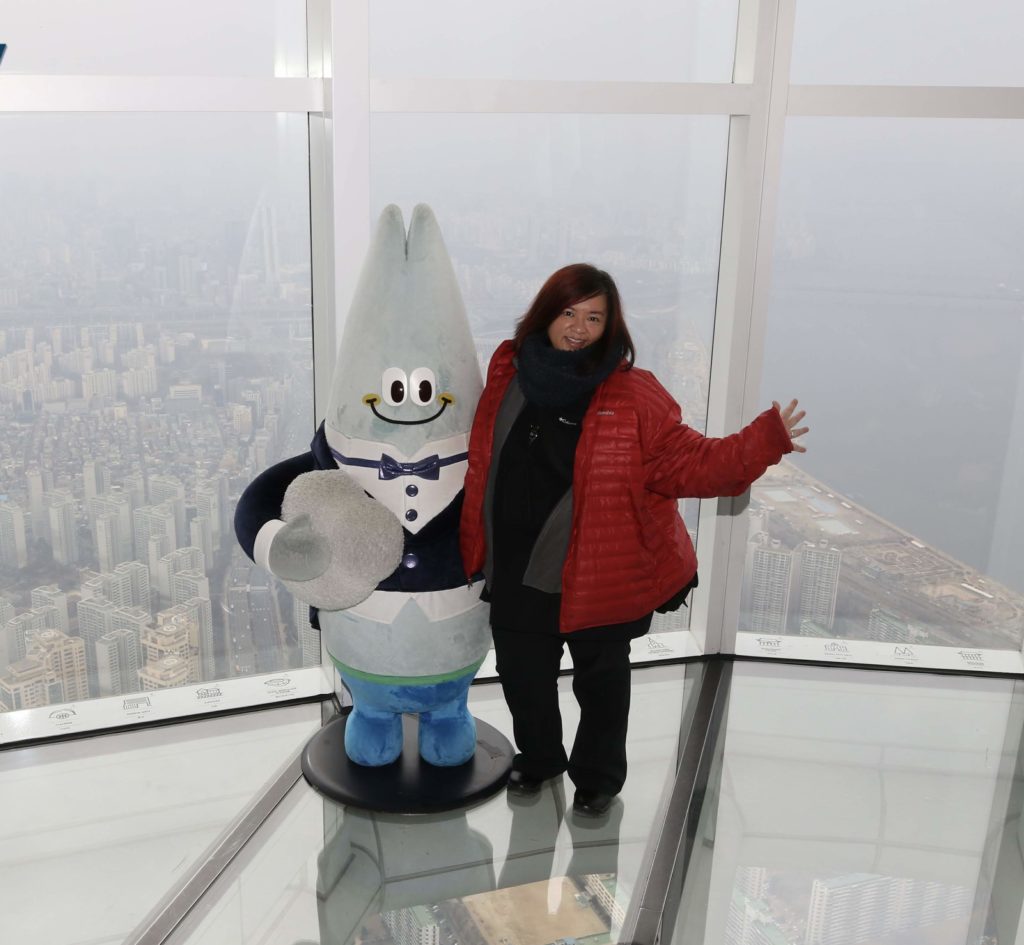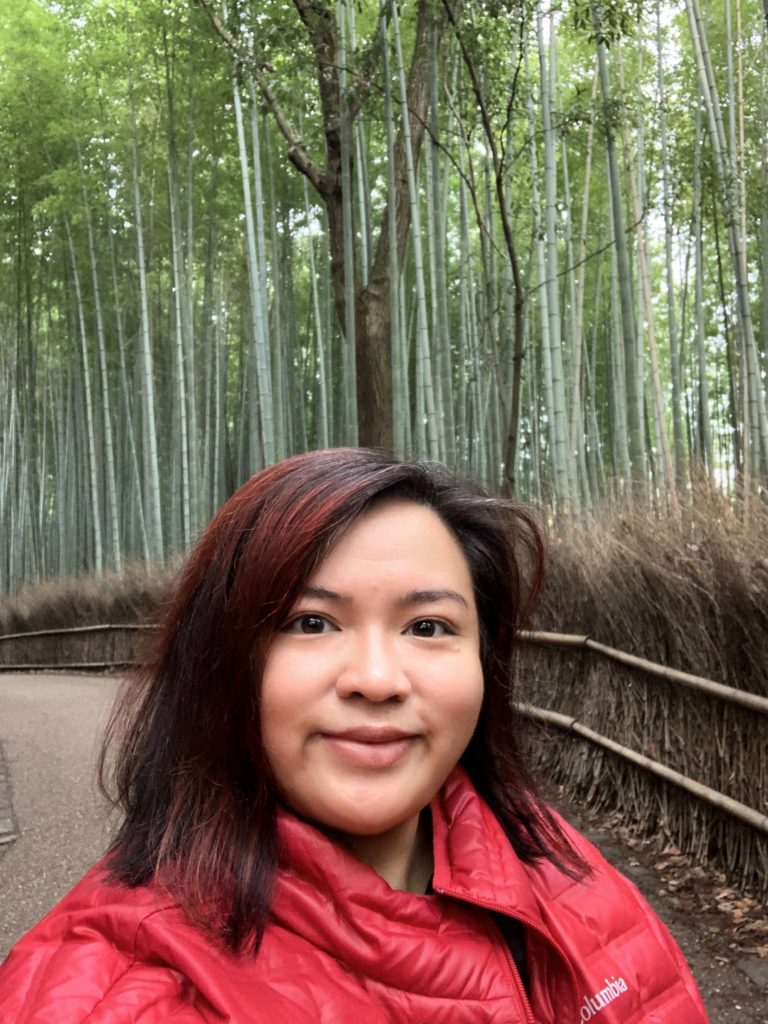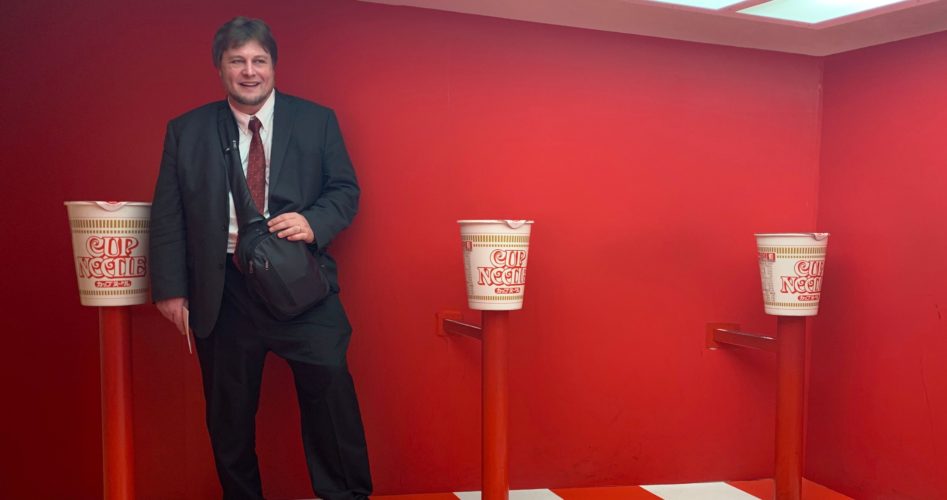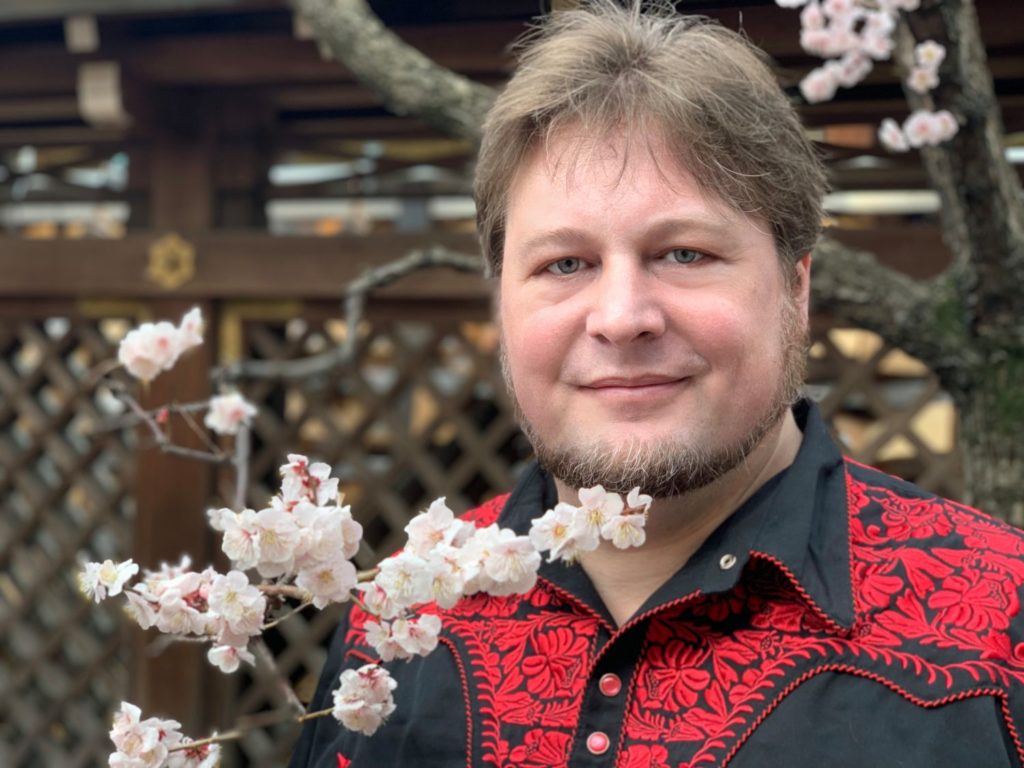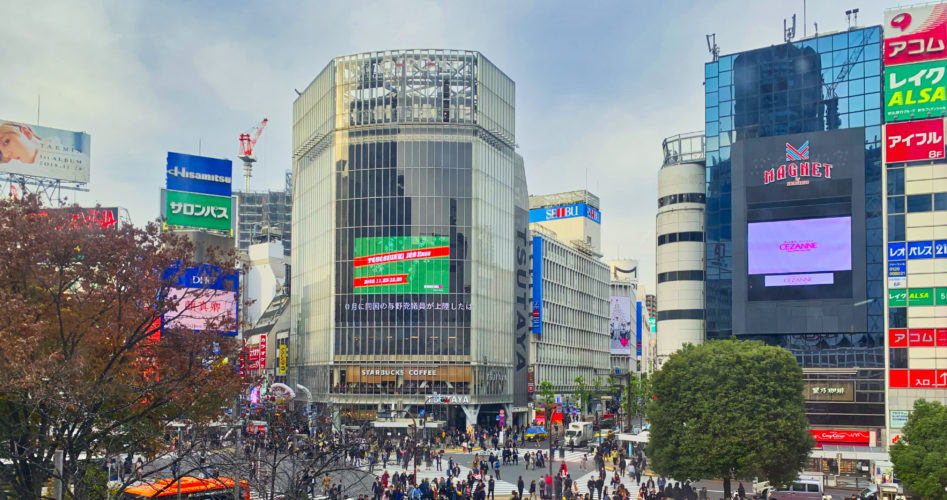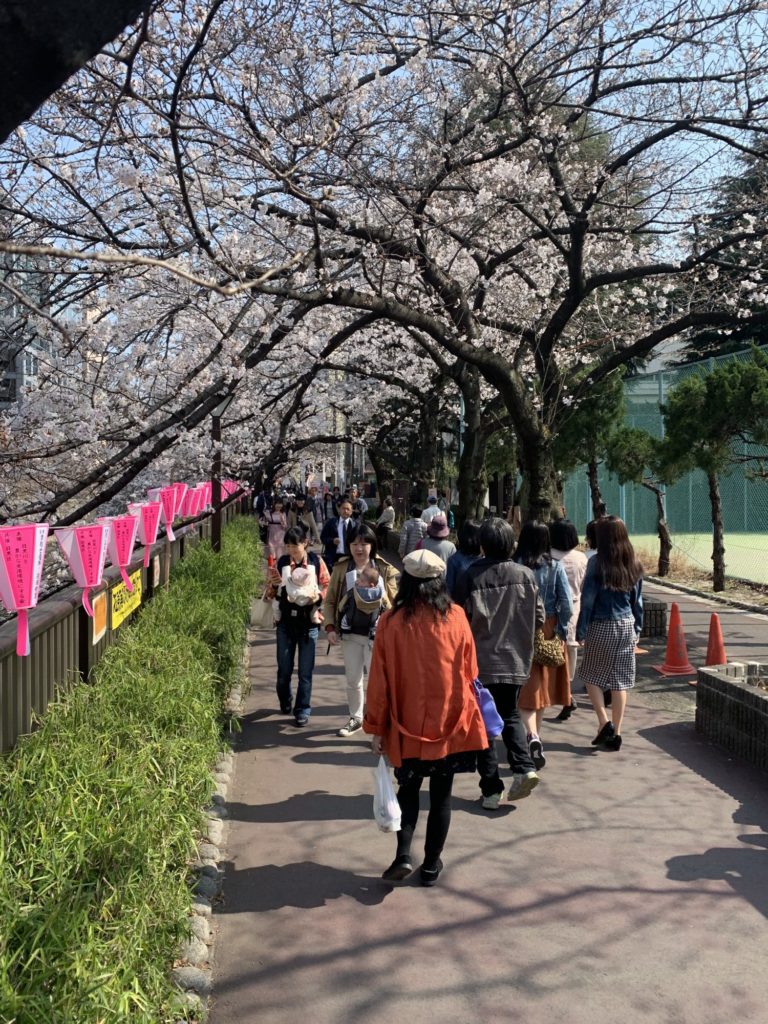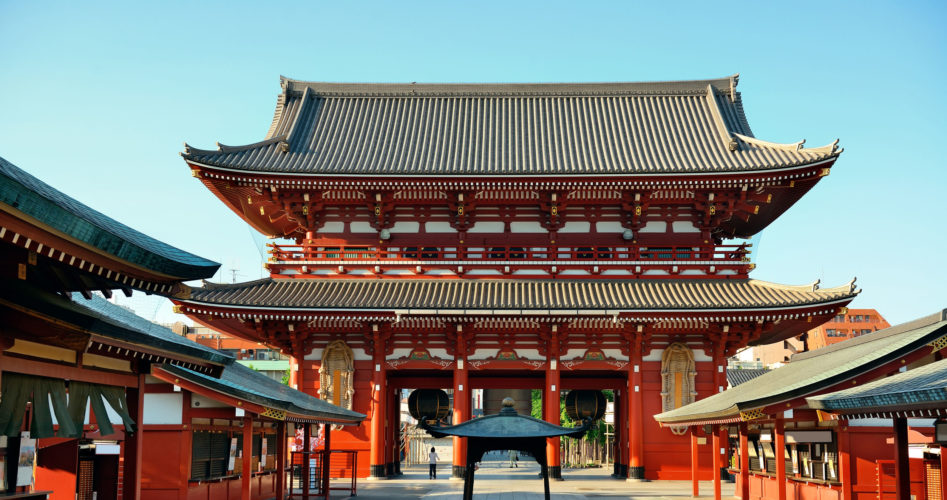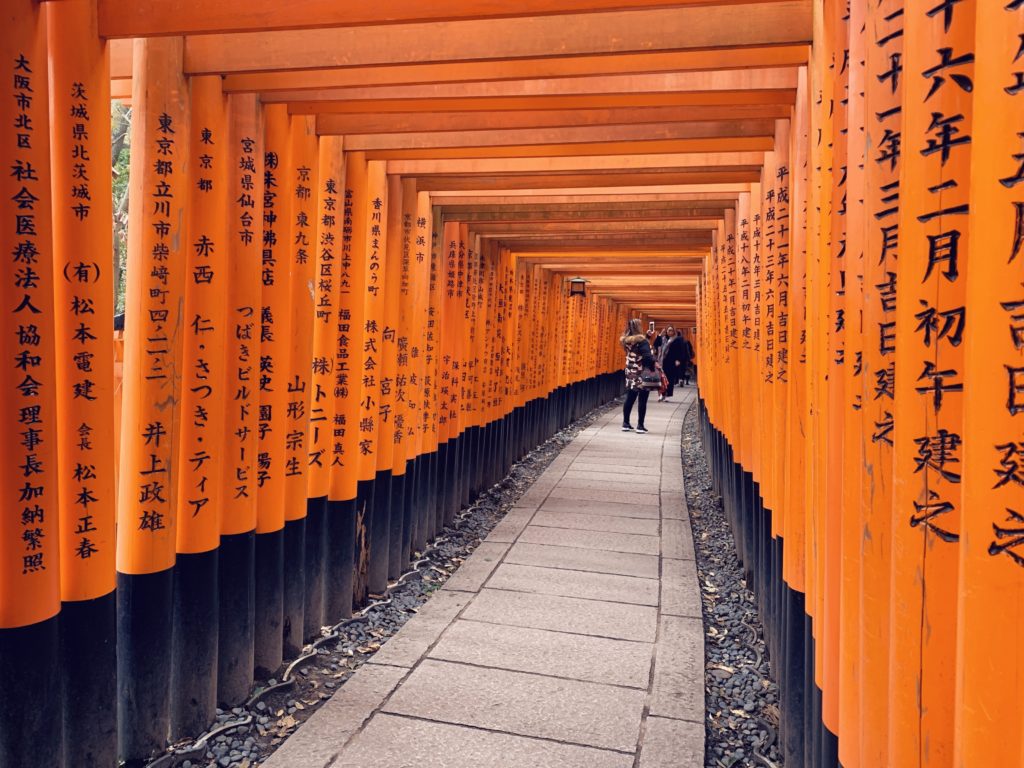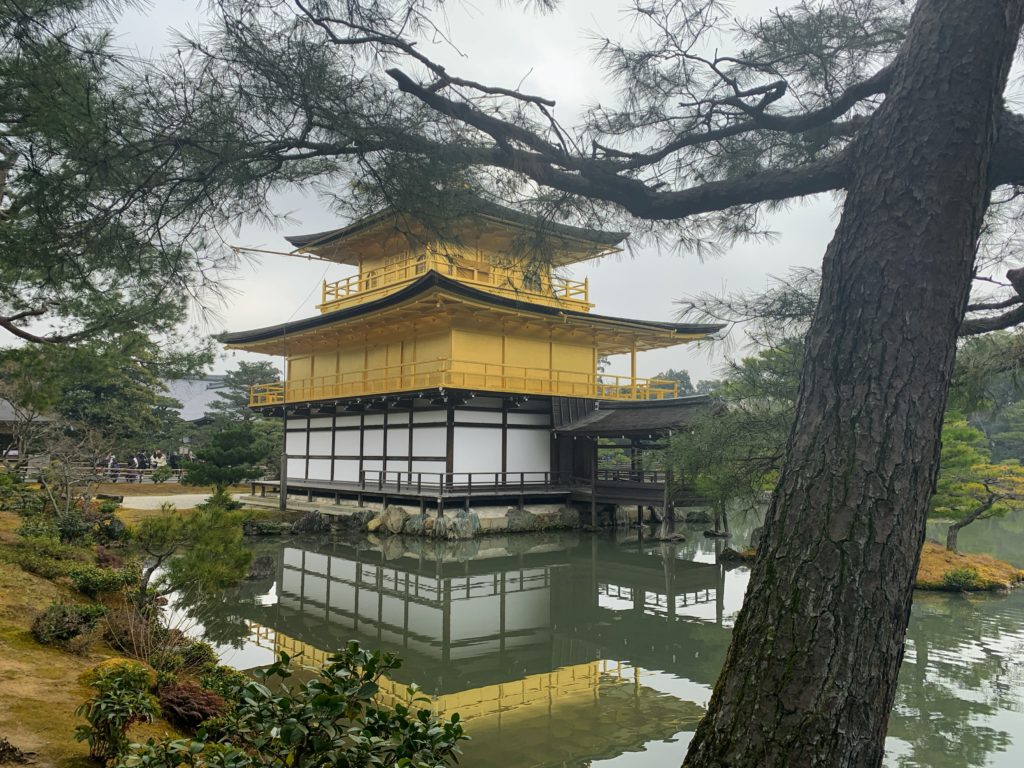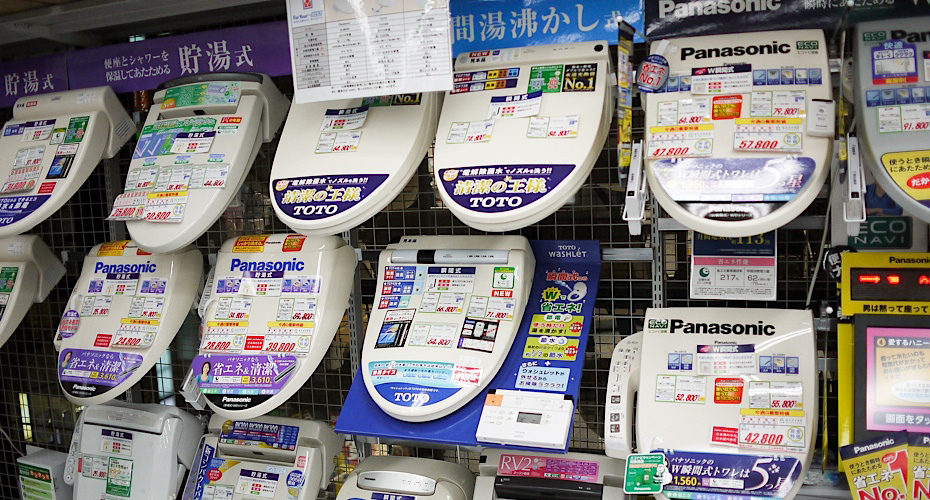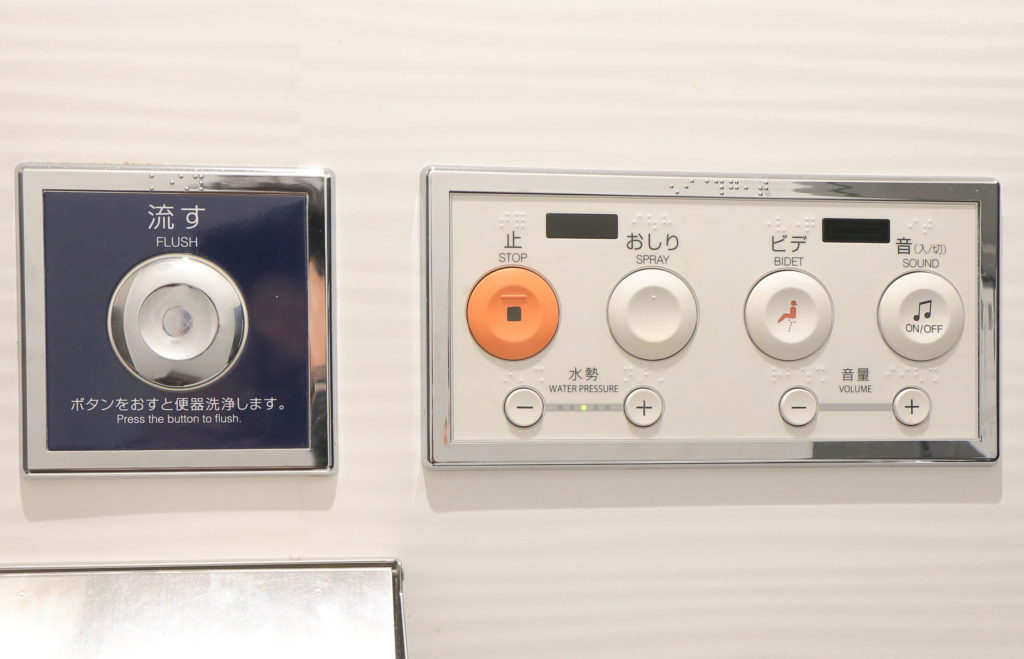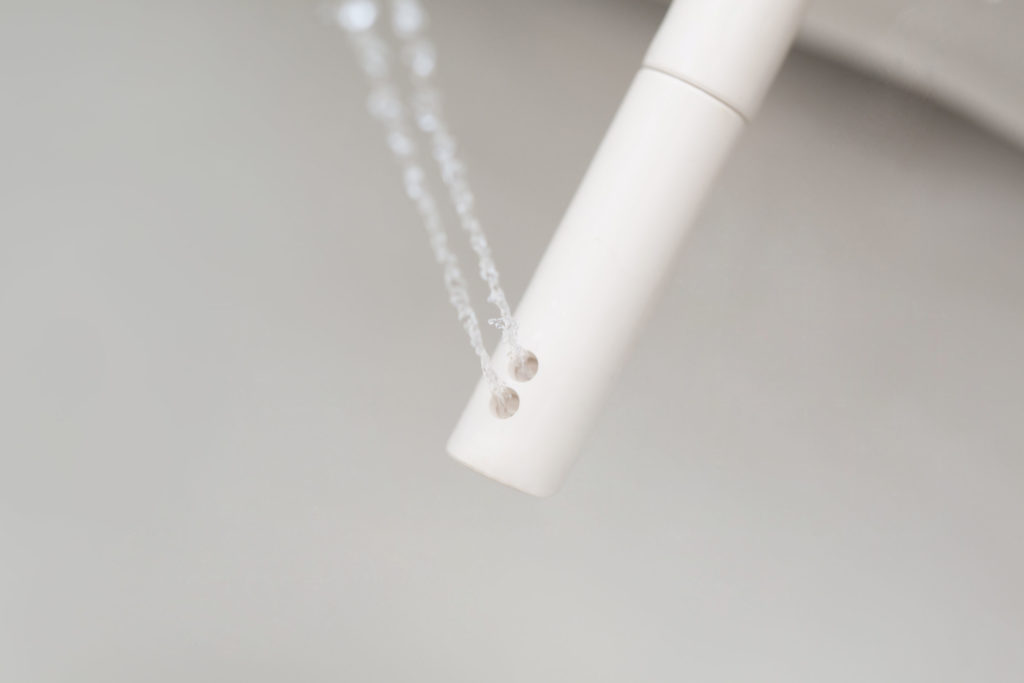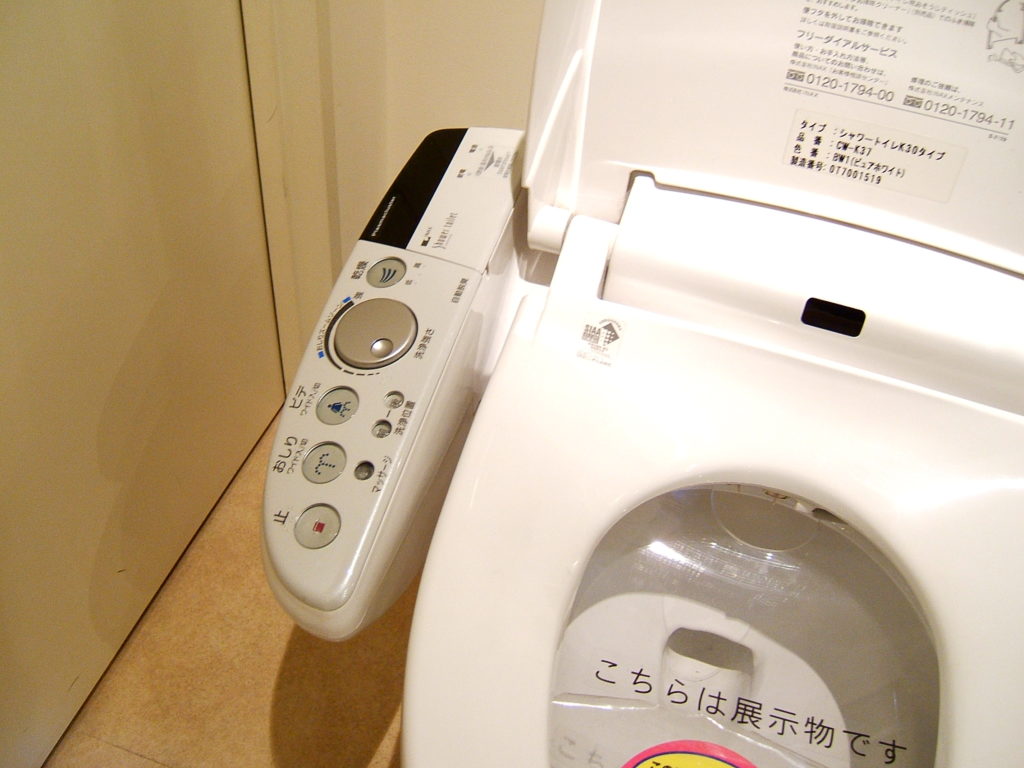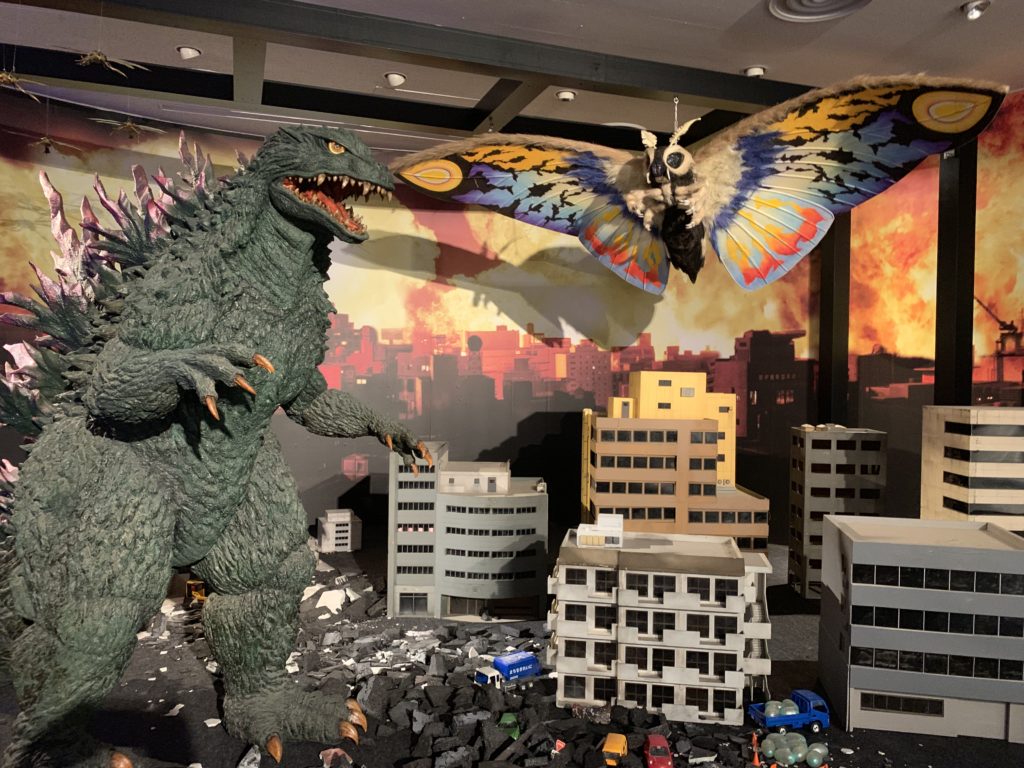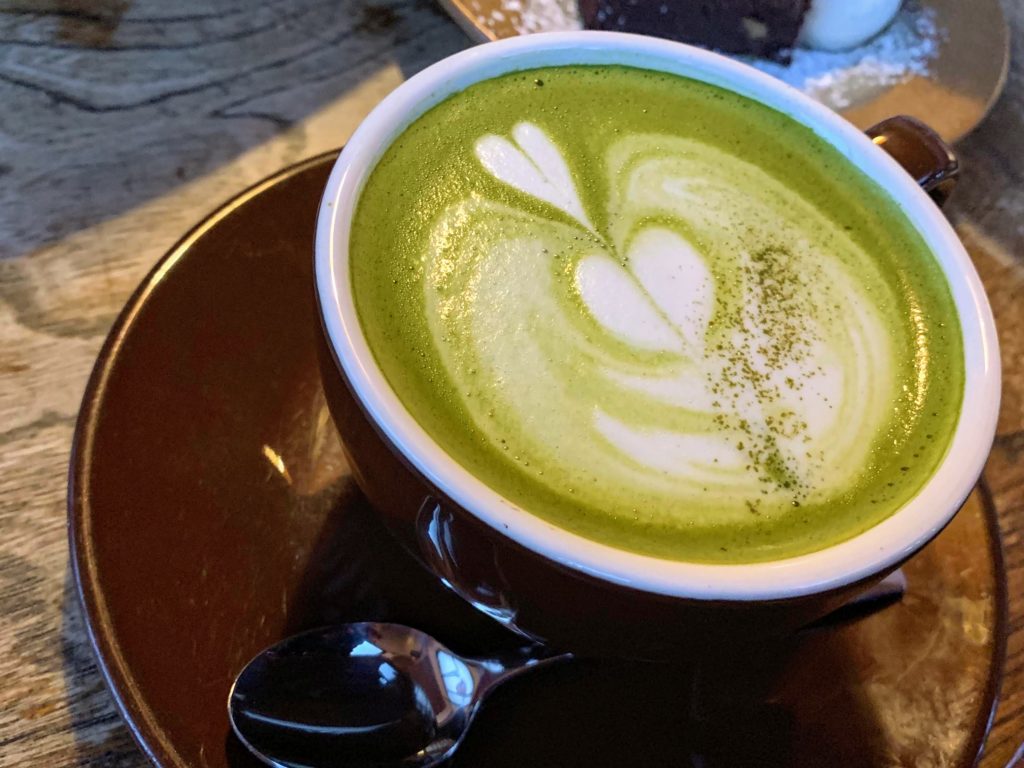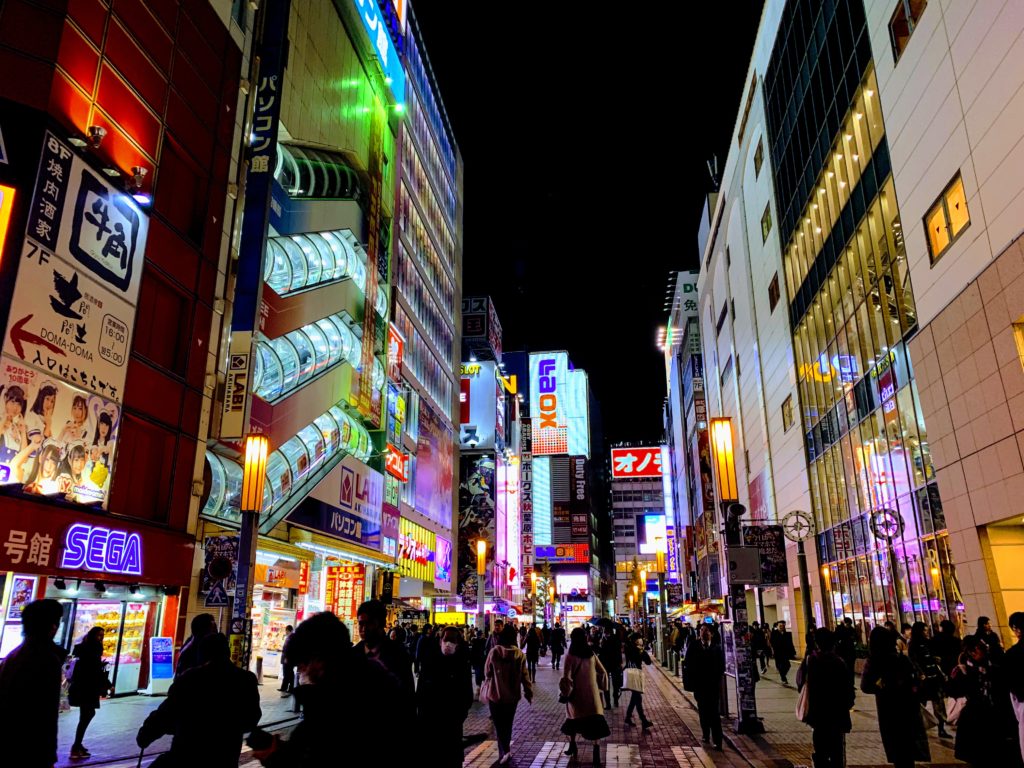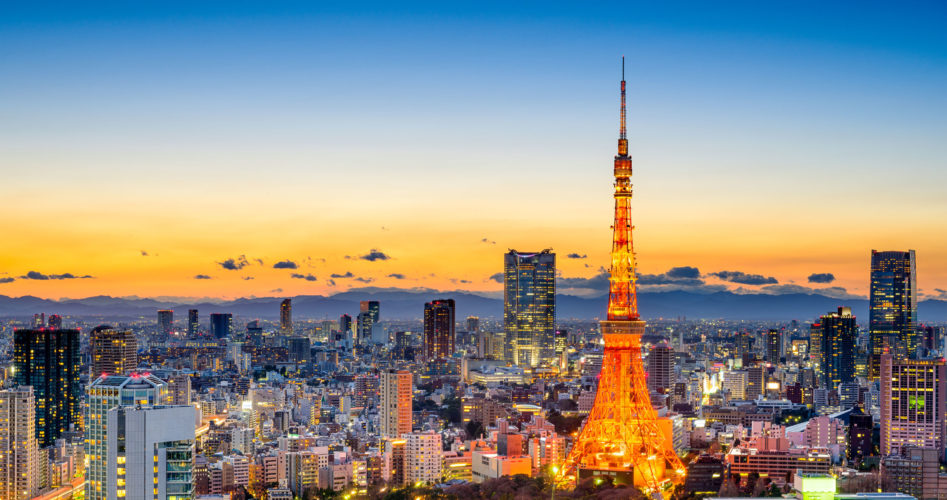If you were to pick adjectives that are essential to understanding Tokyo, “convenient” would be a pretty choice to put high on the list. I recall climbing to the top of a mountain shrine and finding an ice-cream stand waiting for me. Whatever you might need or want is often close at hand here.
They are omnipresent
I’d say that it’s very difficult to walk three blocks in Tokyo without encountering at least one convenience store. There are three within one block of my apartment, and about 6 if you go out to three blocks. You will find them in malls, office buildings, museums, subway stations, and in your dreams.
Not only that, but most of these stores are open 24 hours. This may change, labor shortages are putting pressure on these stores in the form of higher wages and that’s leading owners to want to close them up in the wee hours, but so far, most remain open 24/7.
The big three
Three companies make up the vast majority of convenience stores in Japan. There are certainly other chains and a few independent small markets, but these guys are the giants of the business: 7-11, Family Mart, and Lawson.
You may be a little surprised to see two American brands on this list. 7-11 is generally credited as the first convenience store to open in Japan and to spark their love of this institution. The then Texas-based company franchised to a Japanese company. When the parent fell on hard times, they were bought out by the Japanese firm.
Likewise, Lawson’s started as an American firm but was purchased by its Japanese counterparts as the business boomed in Japan and stagnated in America. Family Mart has always been a Japanese firm despite bearing an English name.
Each has its own supposed specialty. Lawson’s is known for its fried chicken, Family Mart for its deserts, and 7-11 for its overall selection of quality offerings. Personally, I don’t find that much of a difference in their offerings beyond the particular house brand items they sell.
What you can buy
Like in the US, a convenience store in Japan dedicates most of the store to food and drink. The big difference is the character of what is offered. You can buy a lot of pre-made meals at these stores. They are not frozen but they are kept in a refrigerated display. You can find dishes appropriate for breakfast, lunch, and dinner.
Unlike at an American fast food place where the “fresh” food offerings are largely all unhealthy county-fair style food, the Japanese convenience store offers a wide range of both healthy and indulgent offerings. You can find soups, salads, pasta, rice bowls, sandwiches, vegetable dishes, curry, and complete lunch box meals (bento). The quality of these meal offerings is surprisingly high.
Snack foods are about as plentiful as fresh foods. You can find a range of candy, chips, crackers, pastries, dairy, and fruit snacks. Overall, you find a wider range in the type of snacks offered, but fewer options for each type. Instead of 6 brands of regular chips, they will have one brand with six different style chips.
If you want to try some Japanese snacks, you can order many different variety snack packs on Amazon.
There are a range of drinks including alcoholic beverages. The style of drink varies more than in an American store but the number of offerings is a bit smaller. Coffee drinks are the mainstay in Japan, followed by tea. Various juices and sodas round out the mix. They also offer cigarettes.
Convenience stores are light on sundries but you will find some basic stationery supplies and hygiene products. There is usually a comics and magazine rack, a third of which is commonly dedicated to light pornography. It has been announced that the “adult magazines” will be phased out as of the 2020 Olympics.
But wait, there’s more
One thing that isn’t obvious to the casual visitor is that the convenience stores also serve as a kind of banking service. You can pay most of your utility bills and other government obligations at the convenience store. You can even mail packages at many locations. The ATMs are kind of super-sized and offer robust banking features.
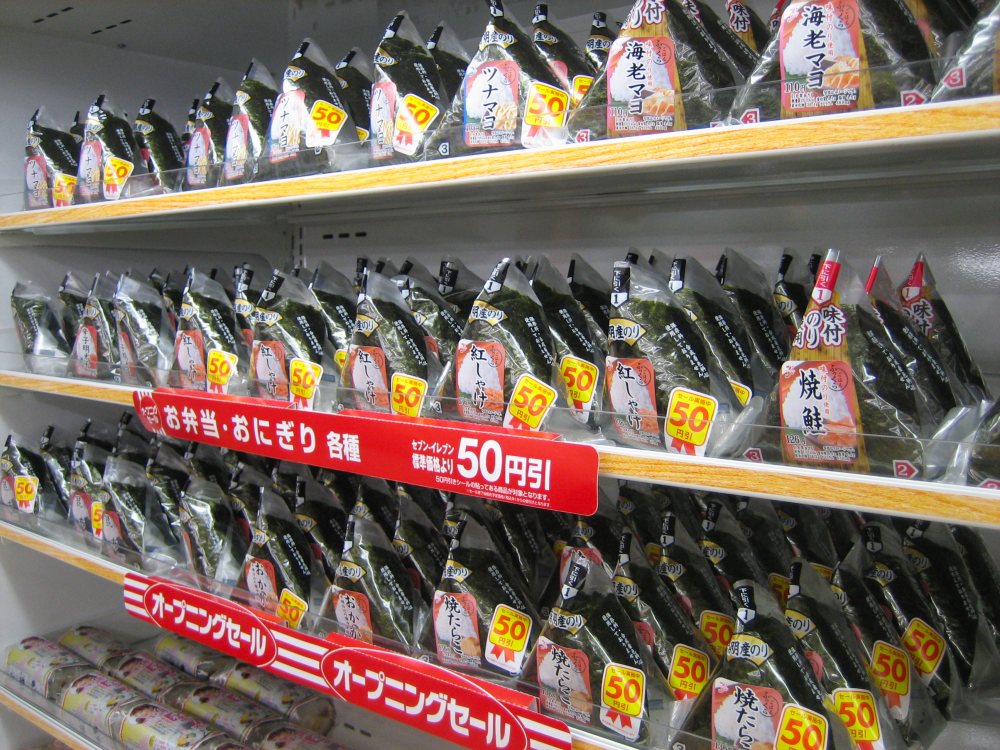
Sorry, no Car Stuff
What you won’t find at most convenience stores are automotive-related products. This is especially true in Tokyo where you won’t even find parking spaces most of the time. Gas stations in the city are a very different animal than in the US and driving overall is just a lot less common. Outside the city, things may well be different but in Tokyo, I’ve never seen a gas station combined with a convenience store.
And no Slurpies
The branding of 7-11 in Japan is utterly different than in the US. I knew that going in but I was surprised that the Slurpee, an icon of the 7-11 brand in the US was nowhere to be found. Pretty much the only thing the stores share is the name and the fact they are small stores selling food, drinks and snacks.
Better or Worse?
I have to go with better here. The fact I can get a latte and an Alfredo pasta plate at 7-11, both of which will be pretty darn tasty gives the Japanese side of the aisle a big boost. If you say “I ate dinner at the convenience store.” it doesn’t sound like an act of desperation. The range of financial services you can find also sets it apart. Finally, Japanese snacks simply have a much wider range of tastes and textures than American snacks offer.
That said, I think 7-11 shows that the company has taken a hard look at the Japanese and American markets and delivered what their customers in each place expect from the brand. Americans expect and need motor oil and gasoline at their convinced stores, people in Tokyo don’t. The food options at 7-11 probably say more about the tastes of Americans than the management of the 7-11 corporation.

